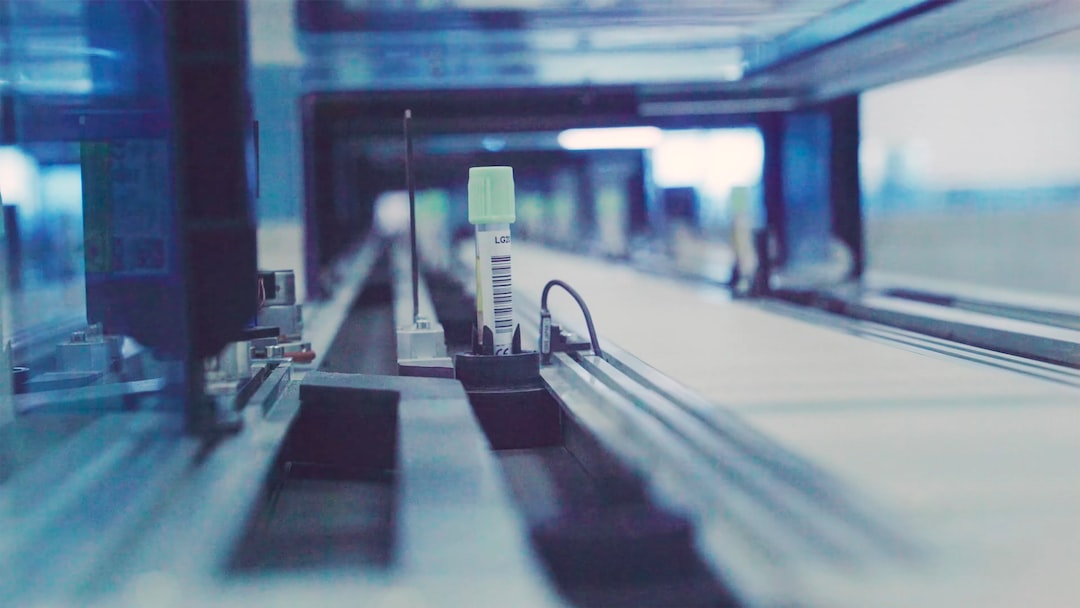The Impact of Biometrics on Security and Identity Authentication
In today’s digital age, where technology is advancing at an unprecedented pace, the need for robust security measures and reliable identity authentication systems has become paramount. Traditional methods of securing personal information and verifying identities, such as passwords and PIN numbers, have proven to be vulnerable to various forms of hacking and fraud. As a result, biometric technology has emerged as a game-changer in the field of security, offering a more secure and efficient means of authentication. In this blog post, we will explore the impact of biometrics on security and identity authentication.
Biometrics refers to the measurement and analysis of individual biological or behavioral characteristics that are unique to each person, such as fingerprints, facial features, voice patterns, iris or retinal structure, and even DNA. Biometric authentication utilizes these unique characteristics to verify and grant access to individuals. Unlike passwords or PINs, which can be easily forgotten, shared, or hacked, biometric data is inherently difficult to replicate or manipulate.
One of the most widely used biometric technologies is fingerprint recognition. The unique pattern of ridges and valleys on a person’s fingertips is scanned, converted into a digital format, and stored securely. When a user attempts to access a secure system or facility, their fingerprint is compared against the stored data to grant or deny access. Due to its reliability, speed, and ease of implementation, fingerprint recognition has been widely adopted in various industries, including smartphone manufacturers and law enforcement agencies.
Another prominent biometric technology is facial recognition. Cameras capture an individual’s facial features, such as the distance between the eyes, shape of the nose, and contours of the face. This information is then analyzed and converted into a mathematical representation called a faceprint, which is stored as a digital record. When a person interacts with a facial recognition system, their face is scanned and compared against the stored faceprints to authenticate their identity. Facial recognition has become increasingly popular in airports, border control points, and even smartphones, allowing for seamless and secure authentication.
Voice recognition is yet another biometric technology that has gained traction in recent years. The unique characteristics of an individual’s voice, including pitch, tone, and pronunciation, are analyzed and converted into a voiceprint. When a person speaks into a microphone, their voice is compared against the stored voiceprints to validate their identity. Voice recognition is particularly useful in phone-based transactions or remote authentication scenarios, where physical interaction is not possible.
Iris recognition is a more advanced biometric technology that has proven to be highly accurate. By analyzing the unique patterns in the colored part of the eye, known as the iris, a person’s identity can be authenticated with a high level of certainty. Iris recognition is widely used in high-security environments, such as government facilities and airports, due to its exceptional accuracy and difficulty to counterfeit.
While each biometric technology has its own unique advantages and limitations, together they provide a comprehensive and robust security framework. The impact of biometrics on security and identity authentication cannot be overstated. By using biometrics, organizations can greatly enhance the level of security and significantly reduce the risk of unauthorized access or identity theft.
Biometric authentication offers several key benefits over traditional methods. Firstly, it eliminates the need to memorize passwords or carry physical identity cards, reducing the risk of forgotten passwords or lost cards. Secondly, it provides a highly accurate means of authentication, as biometric characteristics are inherently difficult to fake or replicate. This significantly reduces the chances of impersonation or intrusion. Thirdly, biometric data is unique to each individual and cannot be easily altered or changed, ensuring long-term security and reliability.
However, like any technology, biometrics also poses certain challenges and concerns. One of the key concerns is the potential compromise of biometric data. As with any stored data, biometric information can be susceptible to hacking or data breaches. To address this concern, biometric systems must employ robust encryption techniques and advanced security protocols to protect the data from unauthorized access. Additionally, privacy concerns surrounding the collection and storage of biometric data must be carefully addressed, ensuring that individuals’ rights and personal information are protected.
In conclusion, biometrics has revolutionized the field of security and identity authentication by offering a more secure and efficient means of verifying individuals. From fingerprint and facial recognition to voice and iris scanning, biometric technologies provide a comprehensive security framework that is difficult to breach. While there are challenges and concerns associated with biometric systems, the benefits they offer in terms of security, accuracy, and convenience are undeniable. As technology continues to advance, it is highly likely that biometrics will play an even greater role in securing our digital identities and protecting sensitive information.

